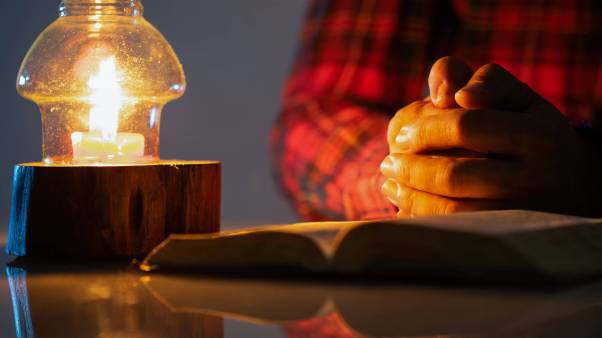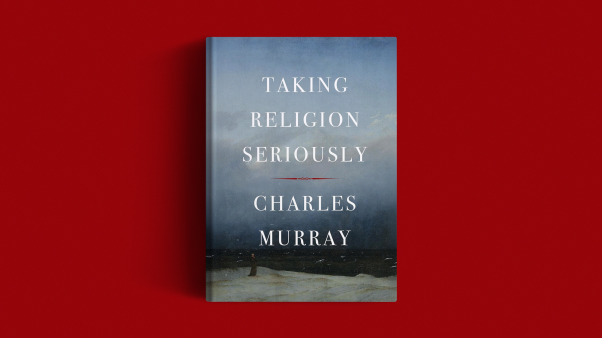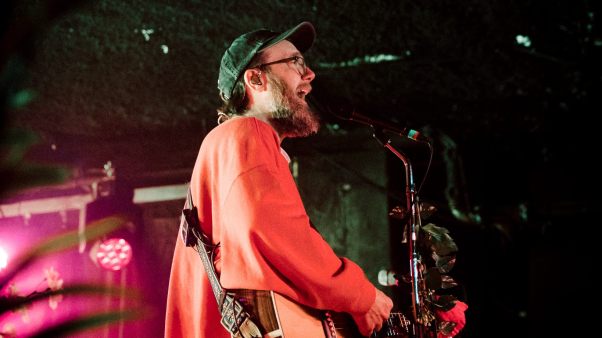Fuller Theological Seminary, one of North America’s largest seminaries, with six satellite campuses, is driving to integrate theology and technology as the school celebrates its fiftieth anniversary. This fall, Fuller students have the option of studying how to use the Internet’s World Wide Web for theological research, education, and presentation. The school has received $200,000 from the Lilly Foundation to integrate the use of technology into the classroom.
Although a number of seminaries are moving in the same direction in use of such high-tech methods (CT, Feb. 5, 1996, p. 110), the advent of major players such as Fuller in the greater use of distance-learning methods indicates that on-campus instruction may no longer be on the cutting edge of theological education.
The seminary, started by radio evangelist Charles E. Fuller in 1947 with 39 students, has a total student enrollment of 3,325 in Pasadena and satellites in Irvine and Menlo Park in California, as well as in Colorado Springs, Seattle, and Phoenix.
In addition, Fuller has developed the nation’s largest evangelical nondenominational doctor of ministry program, with about 1,000 students. Bob Freeman, associate provost for continuing and extended education, says Fuller is focusing on “distributed learning”—using technology such as the Internet to deliver study materials to students, who then participate in electronic discussion groups.
Fuller has never strived to reinforce the status quo, according to President Richard Mouw. “From the beginning, those who were shaping the new school wanted Fuller to be an agent for change,” Mouw says. Early on, the school backed away from the separatism and dispensationalism that had been associated with fundamentalism of the 1940s, adopting a more conciliatory posture. Not everyone applauded. The Old Fashioned Revival Hour, Fuller’s radio ministry, lost 100,000 names from its mailing list in 1955 when some seminary faculty members endorsed the Revised Standard Version.
In the mid-1960s, the seminary added graduate schools of psychology and world missions. By the 1980s, the school had students from 125 denominations and 80 countries.
Copyright © 1997 Christianity Today. Click for reprint information.










